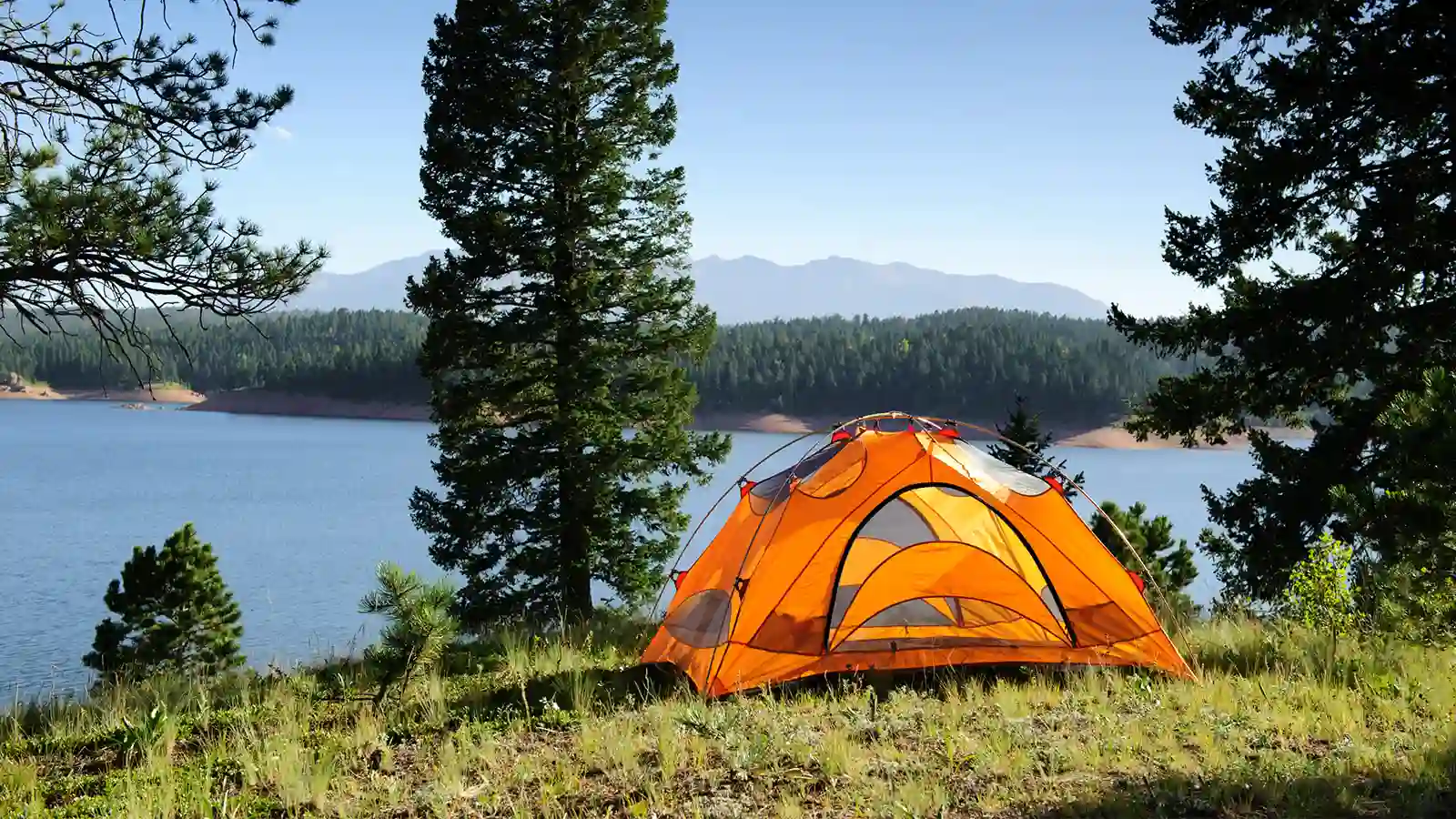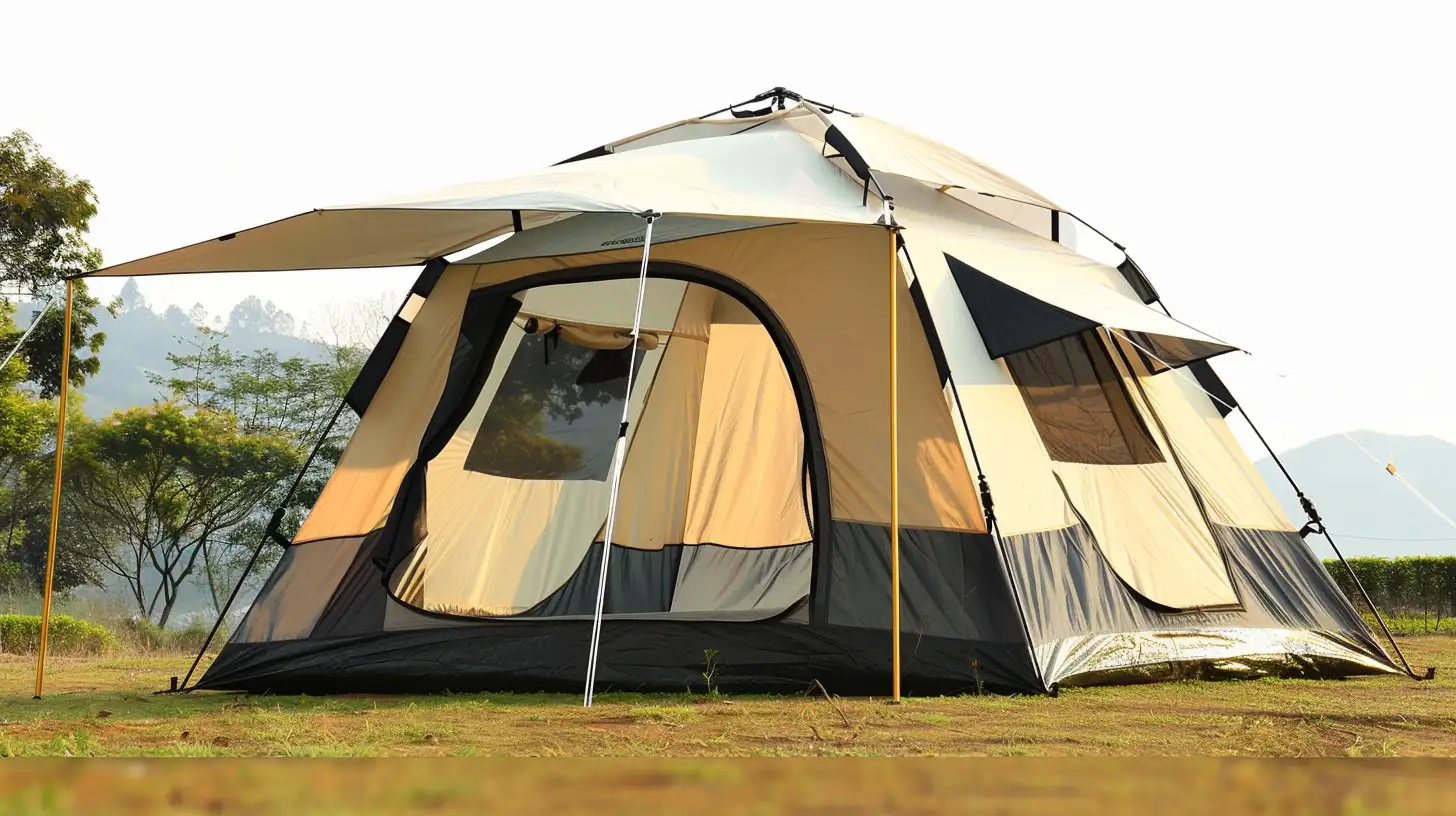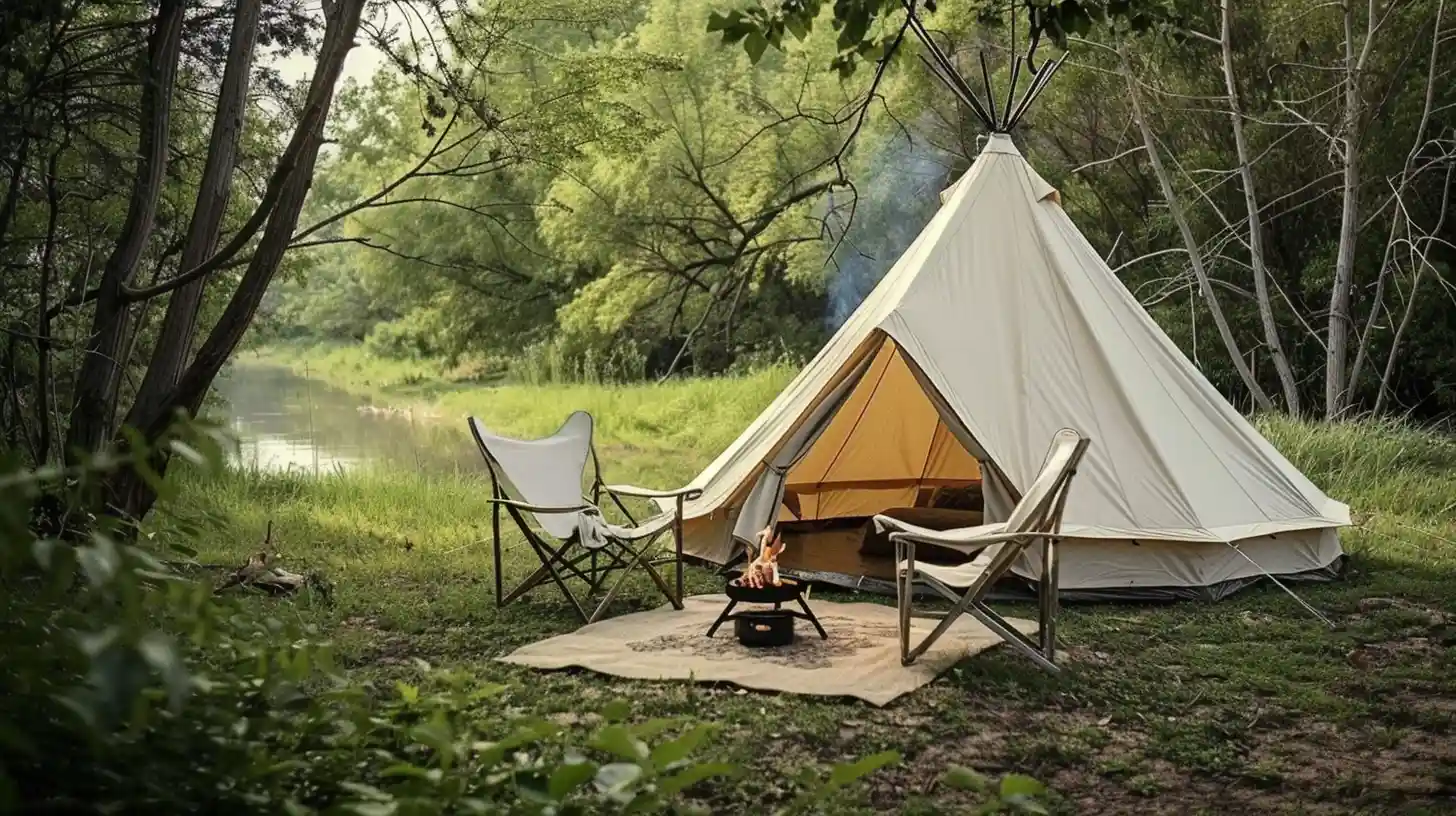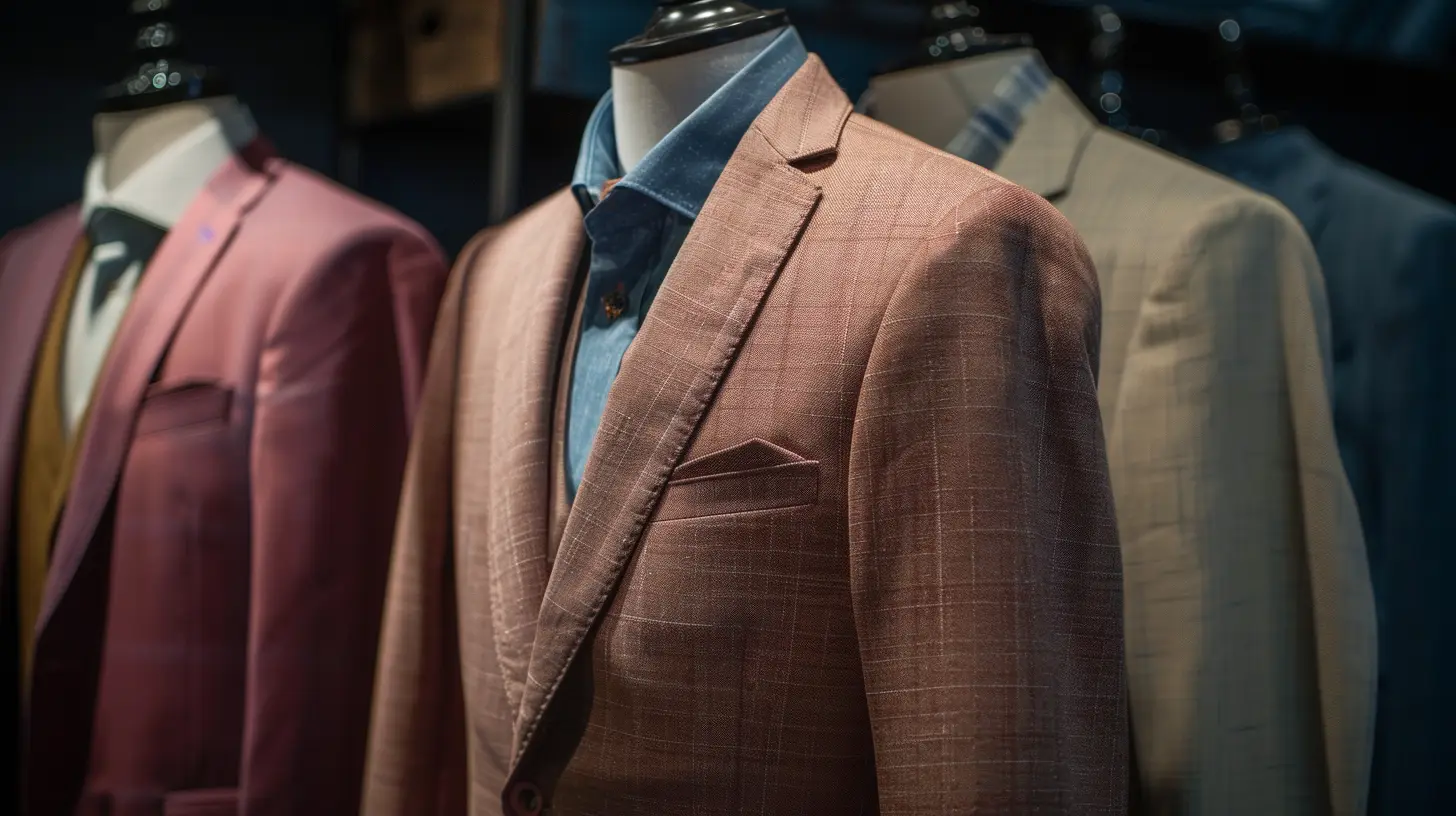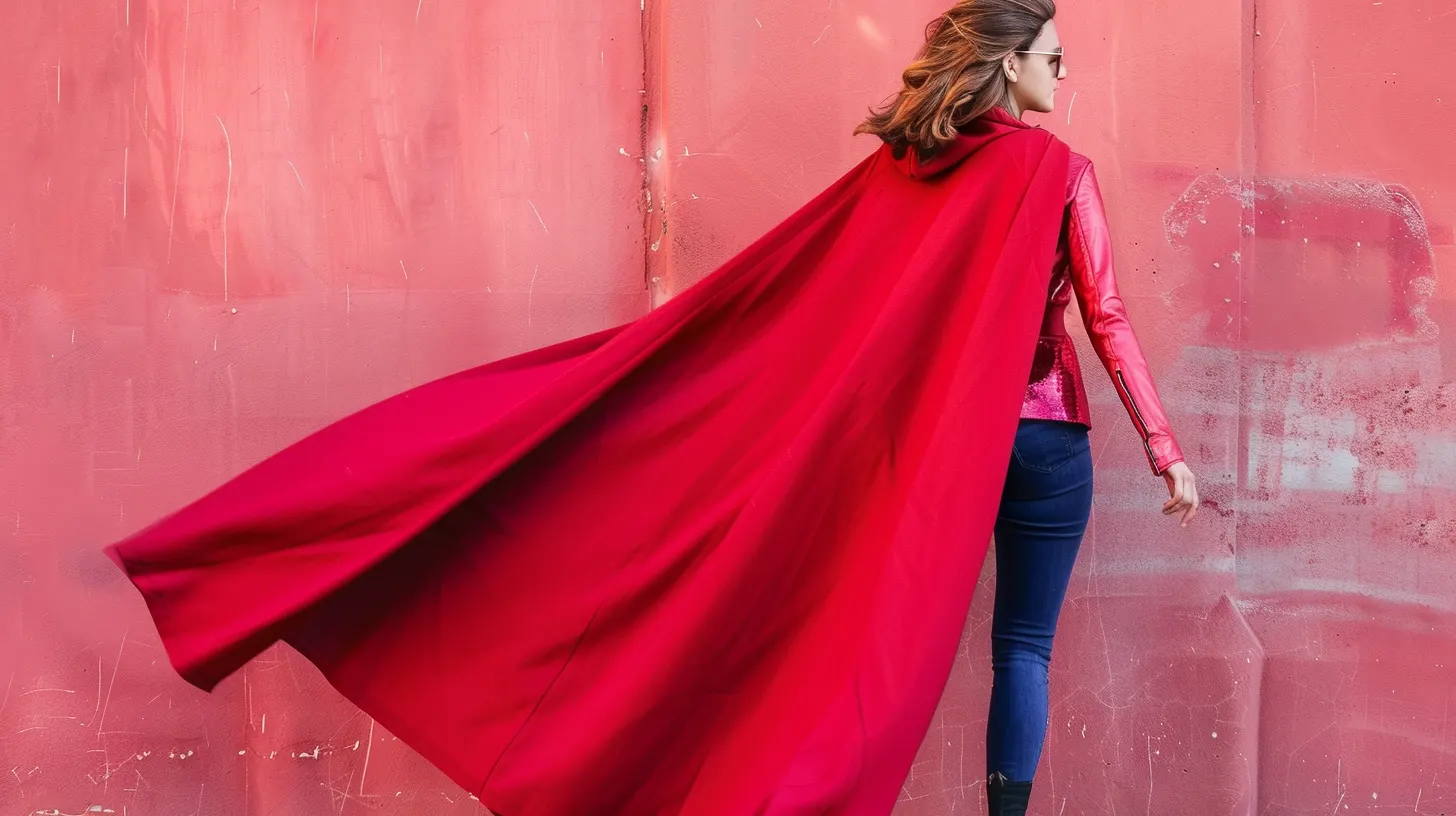Are you sick of getting wet on your camping trips? If yes, investing in a high-quality waterproof tent is essential for outdoor enthusiasts. It can help you stay dry and comfortable in unpredictable weather conditions.
From heavy rain to unexpected downpours, a suitable fabric can make all the difference in keeping you dry and protected. So, why settle for anything less than the best? Join us as we explore the best waterproof tent fabrics to ensure you stay dry and cozy no matter what Mother Nature throws your way.
Key Takeaways
- Polyester is known for its durability, water resistance, and versatility in camping environments.
- Nylon offers a balance of affordability, durability, and lightweight properties for easy transport.
- Poly-cotton blends comfort with durability. It’s suitable for UV resistance and quick drying.
- Oxford fabric’s tightly woven structure provides exceptional durability and water resistance.
- Advanced waterproof technologies, such as PU coatings and laminates, improve fabric waterproofing for reliable protection.
Understanding Waterproof Fabrics
Understanding the fundamentals of waterproof fabrics in tents is crucial to preventing bad weather from ruining your outdoor adventures. When selecting tent materials, you should choose one that keeps you dry, regardless of the weather conditions.
Nylon and polyester are among the best choices for tent fabrics because they are naturally water-resistant. These fabrics not only repel moisture effectively but are also affordable and durable.
Silicone is another critical component of waterproofing. Coating nylon or polyester with silicone significantly increases the fabric’s water repellency. This ensures that water beads up and rolls off instead of soaking through. This treatment improves your tent’s ability to withstand rainy conditions. It keeps you both comfortable and dry.
5 Best Waterproof Tent Fabrics
When looking for waterproof tent fabrics, you’ll encounter different types. Each type offers various benefits in terms of durability, weight, and waterproof effectiveness.
Understanding their differences allows you to make an informed choice for your next camping trip.
1. Polyester
Polyester stands out among waterproof tent fabrics for its durability and inherent water resistance. Polyester tents combine strength with a unique ability to resist various weather conditions. They are a top choice for outdoor use.
Polyester’s durability extends beyond withstanding rain and wind. It also includes a notable resistance to mold and mildew. This ensures your tent remains in top condition in damp environments. Polyester’s versatility is also evident in its availability in different colors, weights, and weaves. This allows you to tailor your choice to your specific needs and preferences.
This waterproof fabric ensures that you’re investing in reliability and longevity. It’s a solid choice for anyone looking to brave the outdoors.
2. Nylon
Nylon emerges as another perfect tent fabric option. It is well-known for its blend of affordability, durability, and lightness.
For outdoor adventures, a nylon tent not only keeps you dry but also withstands the wear and tear of the wilderness. Because of its lightweight nature, your backpack won’t feel burdened by your shelter.
Moreover, nylon’s durability and abrasion resistance withstand rough terrain and harsh weather conditions. Ideal for DIY enthusiasts and those seeking ready-made solutions, nylon fabric offers versatile weight, weave, and color options, balancing breathability, waterproofing, and wind resistance.
3. Canvas
Canvas is a time-honored waterproof tent fabric. It combines durability and natural water resistance to ensure your camping experience remains comfortable and dry. Made primarily from cotton fabric, canvas tents are famous for their robustness and ability to stand up against harsh weather conditions. The material’s breathability also ensures a cozy atmosphere inside. This makes it ideal for those who value comfort in the great outdoors.
Moreover, canvas tents often receive a waterproof coating to boost their water-repellent properties. This added layer doesn’t compromise the fabric’s breathability, maintaining a comfortable environment.
If you’re looking for a classic camping experience with a modern twist on protection, a canvas tent might be your best choice.
4. Poly-Cotton
Moving from the traditional canvas, let’s explore poly-cotton. It’s a blend that combines the best of polyester and cotton for your tent’s fabric. This hybrid material leverages polyester’s durability with cotton’s comfort and breathability. It’s an excellent choice for outdoor adventurers who don’t want to compromise comfort or performance.
Poly-cotton fabric isn’t only water-resistant but also excels at UV resistance. Its strength and ability to maintain shape and color over time ensure that your tent remains in top condition for longer.
Furthermore, the balance of moisture-wicking and quick-drying capabilities makes poly-cotton a versatile option. It can handle various weather conditions while keeping you comfortable inside.
5. Oxford Fabric
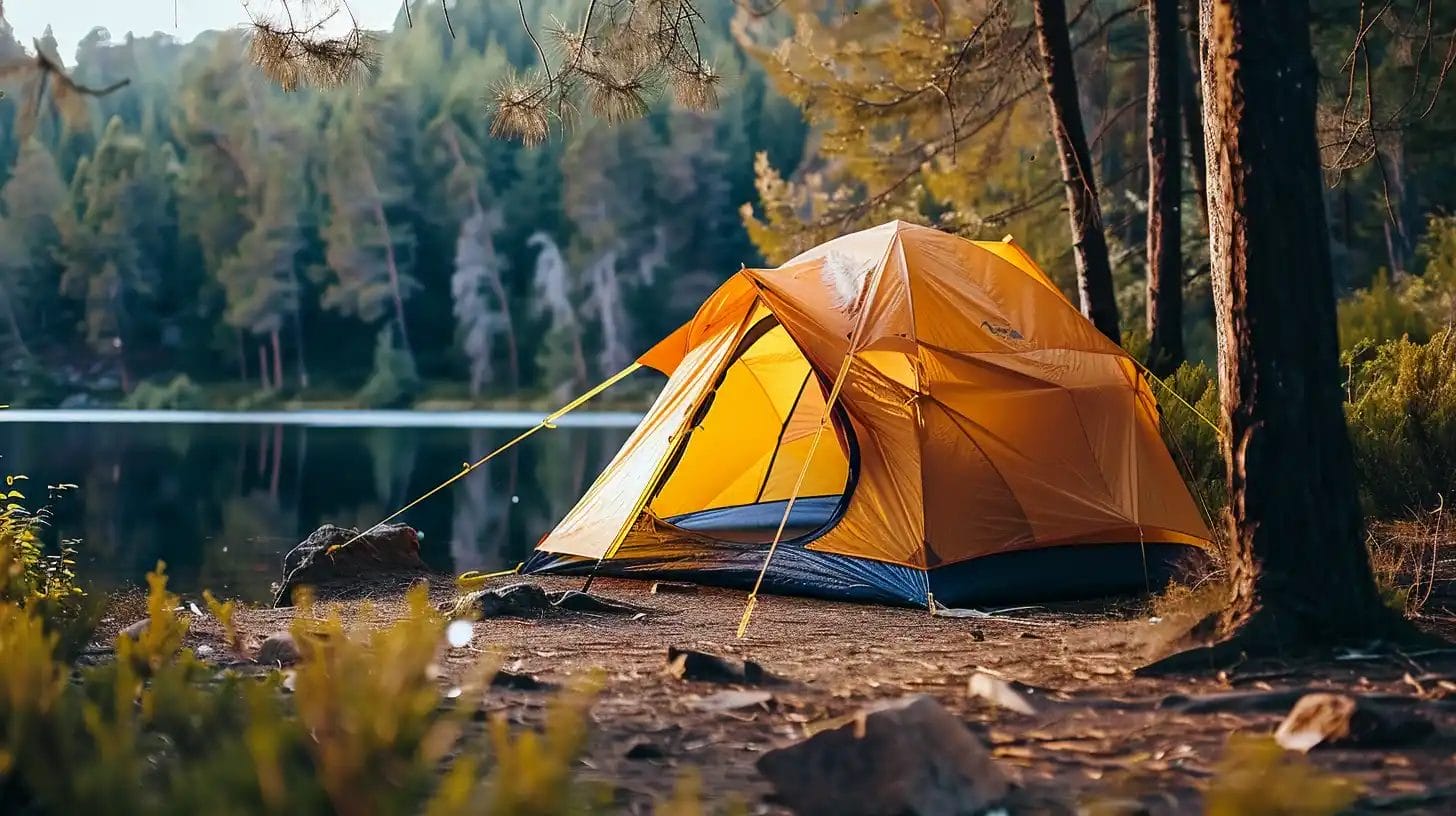
Oxford fabric is a top pick due to its exceptional durability and water resistance. The tightly woven structure of Oxford fabric makes it stand out, enhancing its water resistance and making it a reliable choice for outdoor use. It comes in various weights, allowing you to choose heavier options for increased water resistance and durability.
Oxford fabric is ideal for constructing high-quality waterproof tents. It provides reliable protection against rain and moisture. Oxford fabric tents, whether for backpacking or any other outdoor activity, ensure your dryness and comfort.
Advanced Waterproof Technologies
As you explore advanced waterproof technologies, you’ll encounter two key innovations: coating treatments and laminates. These approaches enhance the fabric’s ability to repel water. They ensure your tent remains dry in various weather conditions.
Coating Treatments
Manufacturers often apply advanced coatings, such as polyurethane (PU), silicone, and fluorocarbon-based treatments, to enhance the waterproofing of tent fabrics. These layers significantly boost the tent material’s water resistance.
PU coatings are a popular choice for their durability and affordability. They’re a go-to for many campers and hikers. They create a solid barrier that keeps water out while maintaining the fabric’s breathability.
Silicone treatments, on the other hand, provide an exceptional level of water repellency, ensuring that water beads up and rolls off the surface. This makes your tent less prone to soaking and easier to dry.
Lastly, fluorocarbon-based treatments add an extra layer of protection. They offer long-lasting waterproofing and resistance to stains. They keep your tent in top condition for longer adventures.
Laminates
Laminates incorporate advanced waterproof technologies to offer unmatched protection against water penetration. They ensure your tent stays dry in even the most challenging conditions. These high-tech laminates consist of multiple layers, including a crucial waterproof membrane that keeps water out and allows moisture from inside the tent to escape.
This breathability factor is essential for maintaining comfort during outdoor activities. Besides their impressive waterproof capabilities, laminates are renowned for their durability. They can withstand harsh weather conditions, making them a reliable choice for outdoor adventures.
Opting for laminates ensures longevity and optimal performance, keeping you comfortable outdoors.
Maintenance and Care of Waterproof Tents
To ensure your waterproof tent remains in top condition, follow these essential maintenance and care tips. Regular cleaning and proper storage prevent damage and preserve the fabric’s waterproof qualities.
Additionally, reproofing your tent periodically will help maintain its resistance to water, ensuring it’s ready for your next adventure.
Cleaning and Storage Tips
Maintaining your waterproof tent’s integrity starts with proper cleaning and storage techniques. When cleaning your tent, gently scrub it with mild soap and water. This method helps remove dirt and grime without harming the fabric. It’s crucial to avoid harsh chemicals, bleach, or abrasive cleaners that could degrade your tent’s water-resistant properties. After cleaning, rinse your tent thoroughly to remove any soap residue that could damage the fabric over time.
For storage, ensure your tent is completely dry before tucking it away in a cool, dry place. Properly storing it in a breathable container or carry bag can maintain waterproofing and prolong its lifespan, keeping you dry on many adventures.
How to Reproof a Waterproof Tent
Over time, your waterproof tent may lose some of its repellency. Thus, reproofing it periodically is essential to maintaining optimal protection against the elements.
Start by selecting a waterproofing spray or wash-in solution designed for tent fabrics. Carefully follow the manufacturer’s instructions to apply the product effectively. Pay special attention to high-wear areas such as tent seams, zippers, and fabric stress points, as these are more prone to water infiltration.
After applying the waterproofing treatment, allow ample drying time. This ensures the product thoroughly penetrates and seals the fabric, restoring its ability to repel water.
Regularly maintaining your tent’s waterproofing will extend its lifespan and protect it from the elements.
Future Trends in Waterproof Fabric Technology
Waterproof fabric technology is on the brink of revolutionary changes as we gaze into the future of outdoor adventures. Advances in nanotechnology are leading the way in developing superhydrophobic coatings for tent fabrics.
You’ll see tent fabrics becoming waterproof and equipped with sustainable materials, reducing the environmental footprint.
Imagine your tent, now smarter, with textiles embedded with sensors providing real-time weather updates straight to your device.
The evolution doesn’t stop there. Companies are enhancing breathable waterproof membranes to improve moisture management, ensuring your comfort in all weather conditions.
Your tent could even repair itself from minor tears by integrating self-healing technologies, extending its lifespan.
The future of tent fabrics is about more than staying dry. It’s about smart, sustainable camping solutions.
Conclusion
In wrapping up, you’ve seen how crucial choosing a suitable waterproof fabric for your tent is. Polyester leads the pack, offering unbeatable durability and water resistance.
Remember, keeping your tent in top shape involves regular maintenance. As technology advances, stay tuned for even more innovative waterproofing solutions.
So, when you’re gearing up for your next outdoor adventure, pick a tent with the best waterproof fabric to ensure a dry and comfortable experience, no matter the weather.
Learn more about fabric knowledge at Longan Craft Blog, and dive into the fabric world with Longancraft!

